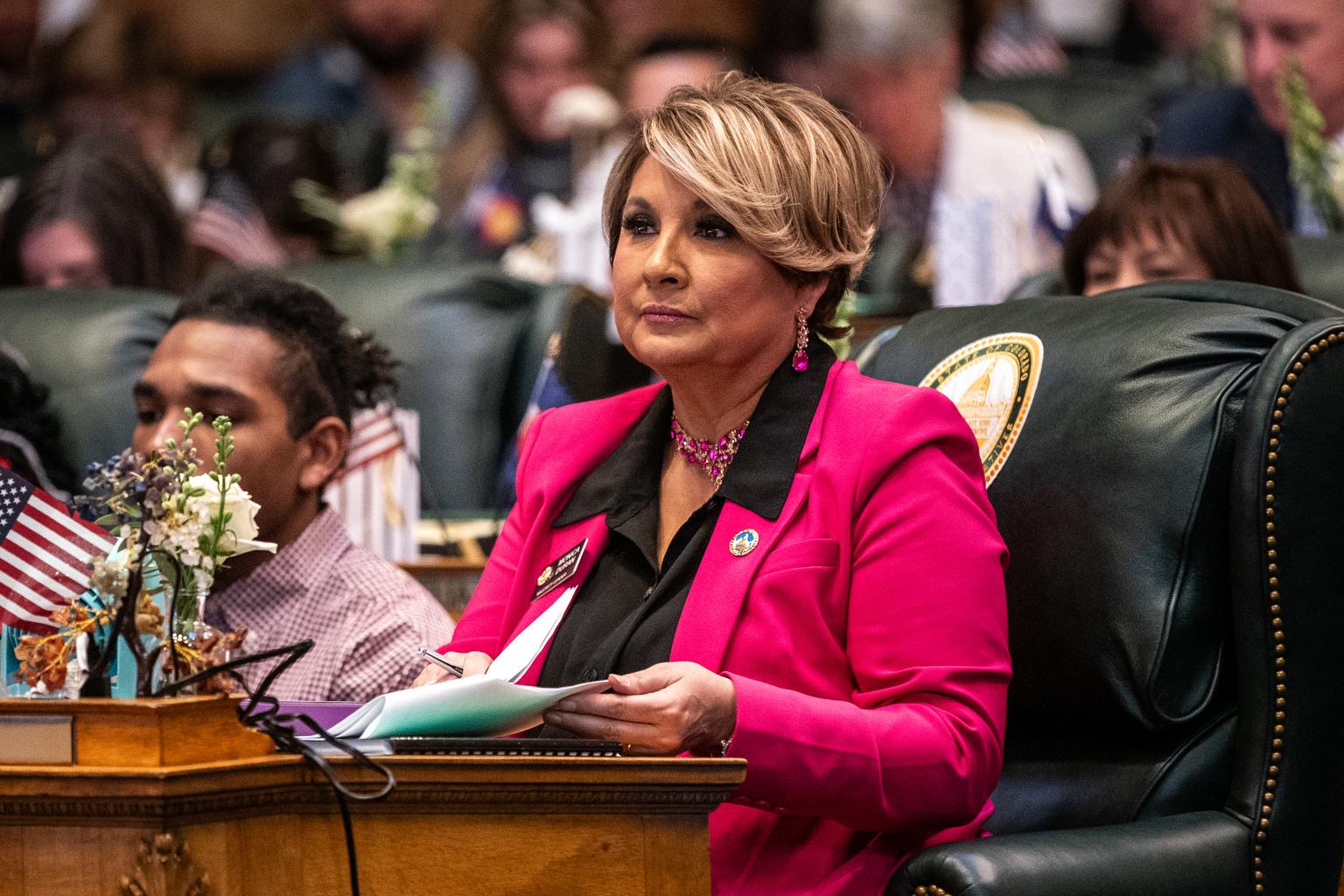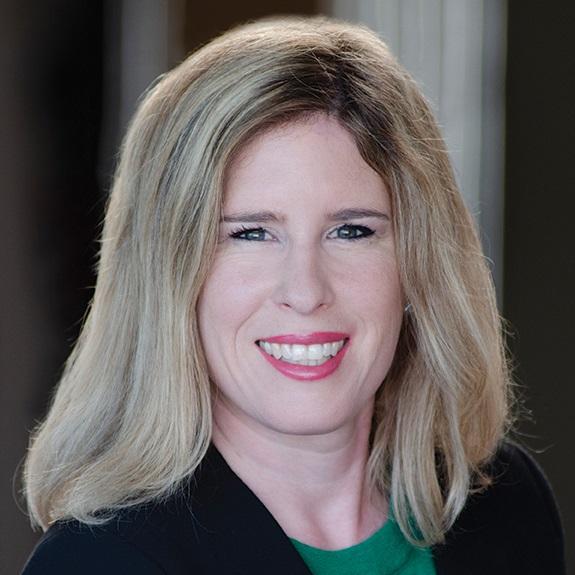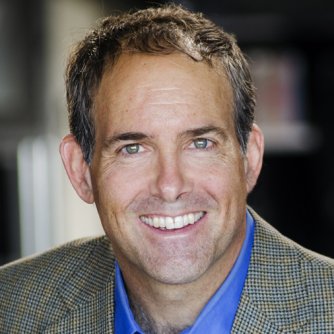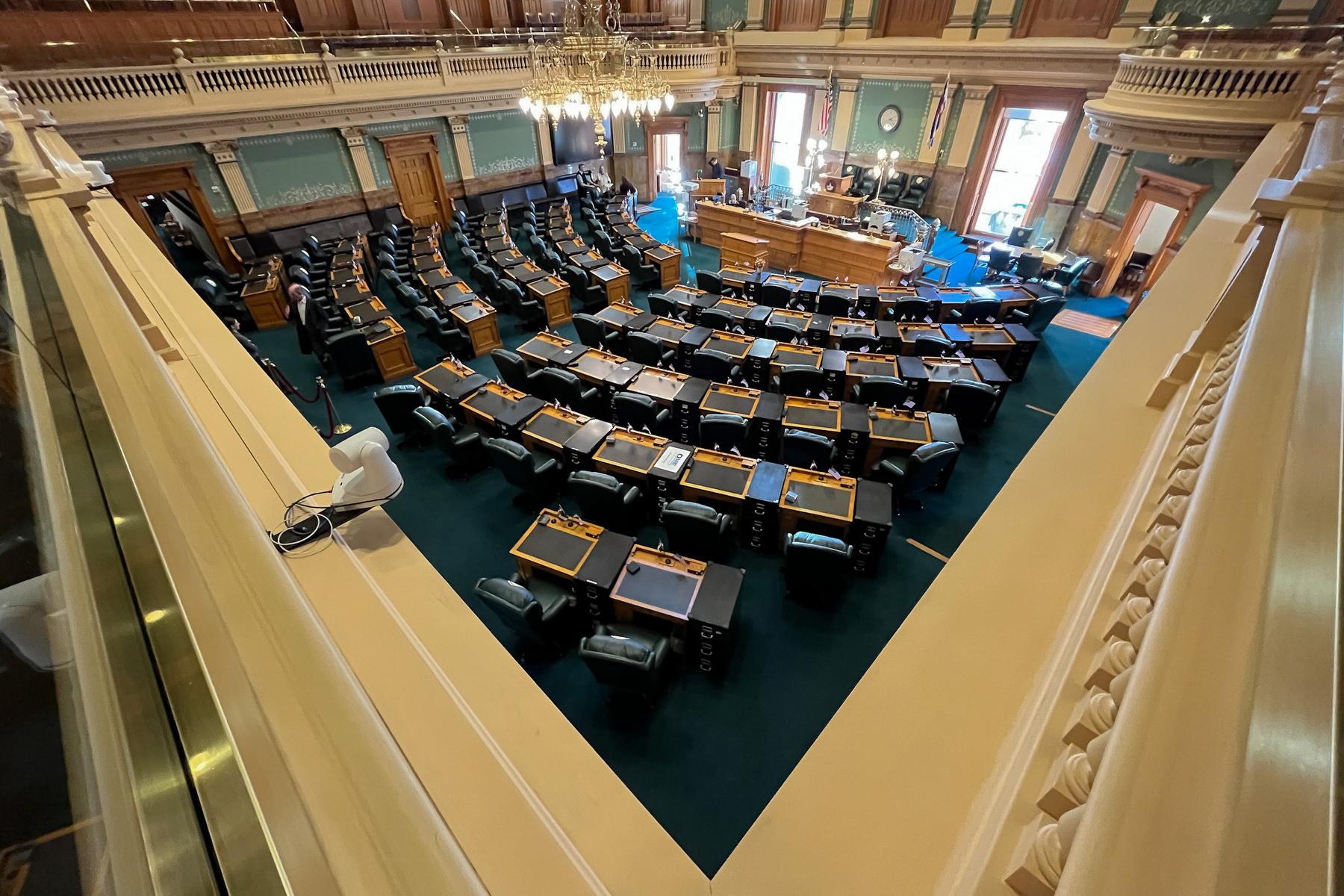
This story was produced as part of the Colorado Capitol News Alliance. It first appeared at coloradosun.com.
Colorado lawmakers are returning to the Capitol on Aug. 21 for a special session to address a nearly $1 billion hole in the state budget.
There’s a lot of confusion out there about why the hole exists, how the state budget works and what’s going to be done to address the gap.
We’re here to explain.
Why the hole exists
When Republicans in Congress passed the One Big Beautiful Bill Act and it was signed into law by President Donald Trump on July 4, the measure rewrote the federal tax code to extend and expand income tax breaks for companies and individuals.
Because of how Colorado’s state tax code is linked to the federal tax code, the bill immediately reduced the state’s income tax collections by an estimated $1.2 billion for the current fiscal year, which began July 1.
Most states aren’t experiencing such a dip.
Colorado is one of four states that use federal taxable income to determine how much people pay in state taxes, and that have what’s known as “rolling conformity” with the federal tax code.
Colorado’s decision to use rolling conformity with the federal tax code means that changes to the federal tax code immediately affect Colorado’s tax code.
Other states use what’s known as static conformity, meaning they adapt to the federal tax code, but on a specific date rather than immediately. That slows the effect of federal tax changes on their revenue. Some states use selective conformity, which means they adopt only parts of the federal tax code.
Meanwhile, federal taxable income is calculated by adding up all of the money an individual or a couple earns in a year, including capital gains, minus any investment losses and any standard or itemized deductions. Most states use federal adjusted gross income, which excludes standard or itemized deductions, resulting in a higher income base in determining how much people pay in state income taxes.
For instance, the so-called big, beautiful bill expanded the standard deduction, which will reduce every individual taxpayer’s federal taxable income.
Colorado’s combined use of federal taxable income and rolling conformity, and its reliance on income tax revenue to fund state programs and services, made it particularly susceptible to a big revenue hit from the Republican federal tax and spending bill.
Combined with the Taxpayer’s Bill of Rights, which forbids the state legislature from raising taxes without voter permission, Colorado is now facing a big gap in how much it planned to spend this year and how much tax revenue will have to pay its bills. (More on what determines how big the budget is in a moment.)
Where the revenue reductions are happening
The governor’s office predicts the bill will reduce the state’s corporate income tax revenue by up to $950 million.
Its exemption on income taxes for the first $25,000 on overtime earned by families (or $12,500 for individual tax filers) is expected to result in a hit to state coffers of up to $290 million alone. That’s a big part of the up to $460 million reduction in individual income tax collections the governor’s office expects to be caused by the Republican federal tax and spending bill.
Nonpartisan Legislative Council Staff believes there will be a slightly bigger revenue impact from individual income tax reductions and a slightly smaller impact from corporate income tax revenue reductions, but they agree with the governor’s office on the size of the tax revenue hit: $1.2 billion.
(If you’re wondering why the projected corporate and individual tax reductions add up to more than $1.2 billion and the state’s revenue hit isn’t going to be that high, it’s because the One Big Beautiful Bill Act will also cause some revenue increases.)
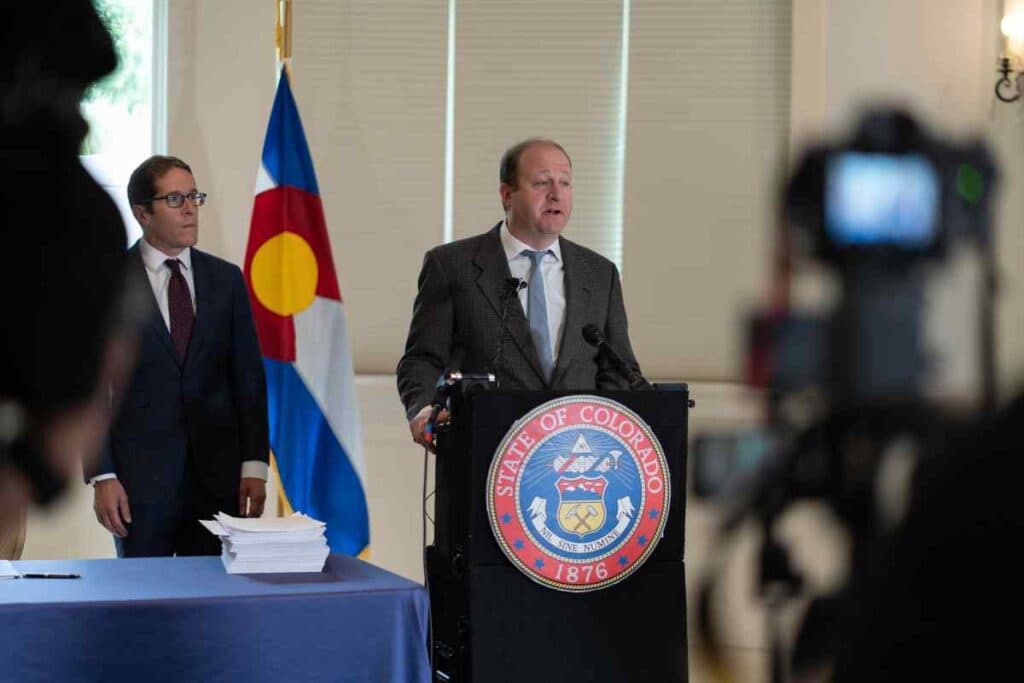
The tax cuts mean the state is now expected to collect less than it’s allowed to spend under the TABOR cap for the first time in several years, wiping out refunds that would’ve otherwise been owed to taxpayers. As a result, the total impact on what the state can spend in the current fiscal year budget will be a little less than the overall cut to state revenue. That leaves the true budget shortfall at somewhere between $680 million (per Legislative Council Staff) and $783 million (per the governor’s office).
Remember: This is caused by a reduction in state tax collections. It is not a cut in federal funding.
While it will ultimately be the legislature’s decision on how to close the budget gap, the governor’s office has offered suggestions:
- Draw down the state’s budget reserve by between $200 million and $300 million, which would drop the reserve to no less than 13% from 15%. The reserve is there to cushion the budget when there’s an economic downturn, and economists have warned that even 15% is too low should there be a severe recession.
- To raise revenue, the governor’s office wants the legislature to continue decoupling from the federal qualified business income pass-through exemption for business owners. Gov. Jared Polis also wants lawmakers to expand the list of countries where corporations are prohibited from shielding their income from taxes, eliminate a roughly $80 million cumulative tax break provided to insurance companies that have a regional office in Colorado, and remove a tax benefit given to retailers meant to compensate them for the cost of collecting and paying sales taxes. Finally, the governor wants to let some large taxpayers, namely insurance companies, prepay their future taxes in exchange for a discount in future years.
- Cut somewhere in the range of $250 million and $300 million in spending on existing programs and services.
The legislature’s plan for addressing the budget gap won’t be public until their bills are introduced on the first day of the special session.
The state budget has grown a lot. But that’s mostly determined by TABOR.
Republicans have been highlighting how much Colorado’s budget has increased in recent years as a way to blame the Democratic majority at the Capitol for the deficit that was in fact caused by the One Big Beautiful Bill Act.
“Democrats’ reckless overspending is why there’s a budget shortfall and now a special session,” U.S. Rep. Gabe Evans, a Fort Lupton Republican who voted for the One Big Beautiful Bill Act, posted on social media.
The claim doesn’t add up.
First, it wasn’t Democrats in the state legislature who passed the Republican federal tax and spending bill, causing a drop in state tax collections and punching a hole in the state budget.
Secondly, the main factor that has historically determined the growth of Colorado’s state budget isn’t who controls the state legislature. It’s TABOR.
TABOR, an amendment to the state constitution created by Republicans and passed by voters in 1992, limits the annual growth in government spending to the increase in population and inflation. The legislature cannot spend more than that TABOR cap.
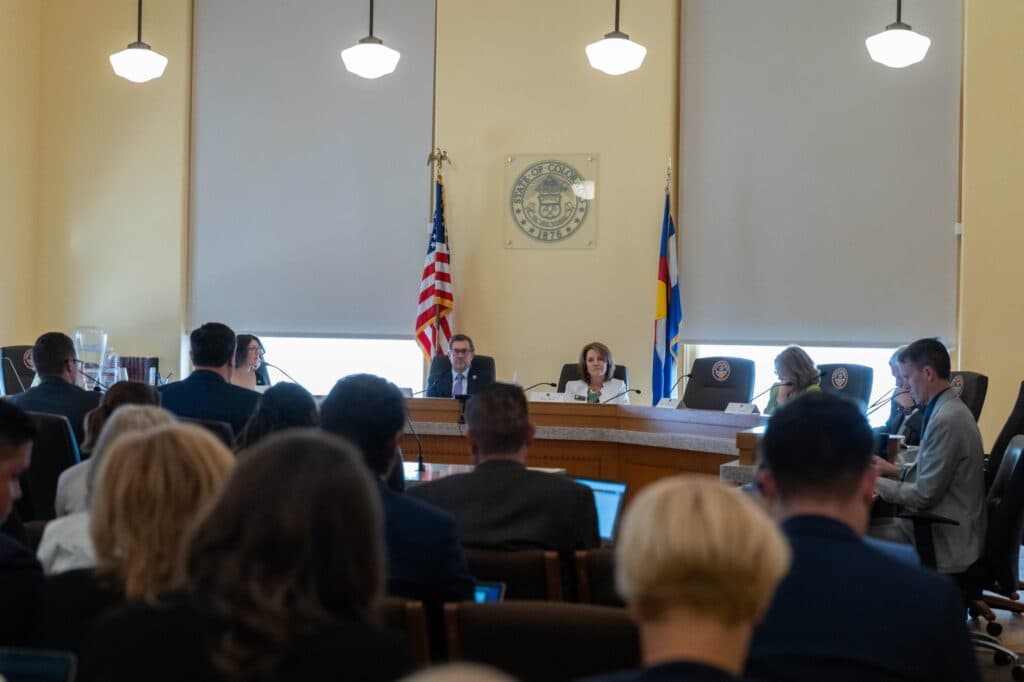
The cap only applies, however, to the legislature’s general fund, which is the primary source of funding for most state agencies. Over half of that money comes from income taxes, with sales taxes making up about a third.
The rest of the budget is a split about 50/50 between federal funds that Colorado receives for services like Medicaid, food stamps and veterans affairs; and user fees that fund an array of public services, like hospitals, state parks and higher education.
Yes, the budget has grown a lot in recent years. It was $30.5 billion in 2019 and is about $44 billion now. But once you factor in inflation and population growth since 2019, as well as rising federal payments to the state, the numbers start to make more sense.
Every legislature, Republican and Democrat, since TABOR passed has basically spent as much as they’re allowed to
Another thing to keep in mind is that the Colorado legislature — whether controlled by Republicans or Democrats — has almost always spent as much as it is allowed under TABOR since voters passed the constitutional amendment more than 30 years ago.
There have been exceptions when tax collections have either come in below the TABOR cap, or came in higher than expected, generating a surprise surplus. There have also been times when the legislature has put more into its rainy day fund than required. But, generally, the legislature spends all the money it has and is allowed to spend, regardless of which party is in charge.
Some Republicans have argued recently that because of the growth in the budget in recent years, the legislature should be able to easily cut its spending and come in below the TABOR cap.
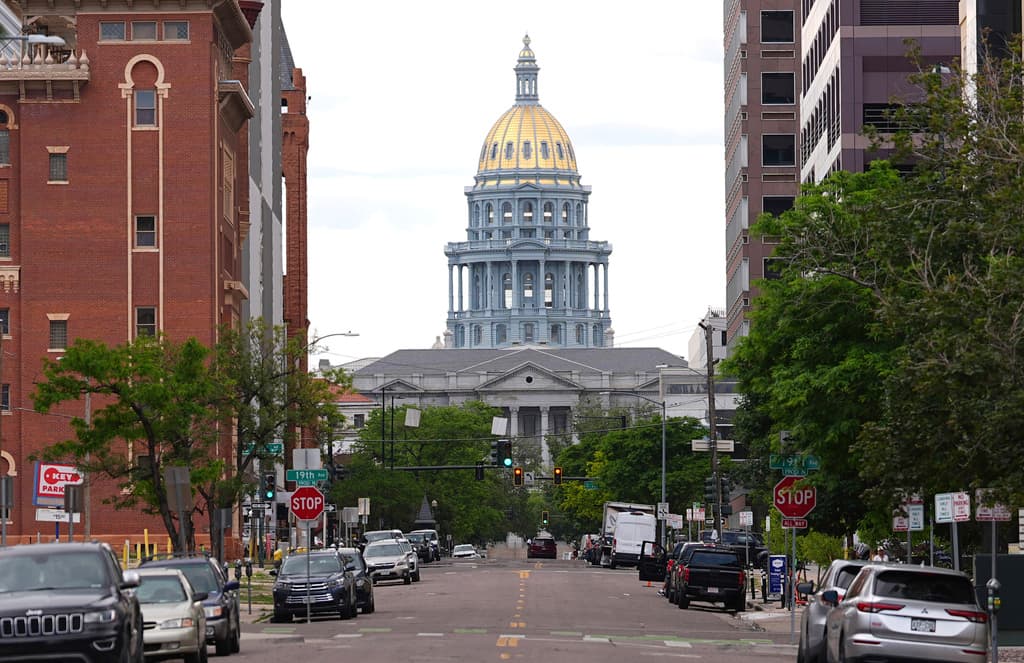
“When you look at a $1.2 billion shortfall, if you look at the entire size of the budget, it’s a $44 billion budget. That’s 3% of the budget we’re asking you to cut,” Kristi Burton Brown, who works at the conservative political nonprofit Advance Colorado, said during a recent TV appearance. “How many families across Colorado have had to cut 3% of their budgets because of inflation?”
But her calculation is based on the total budget. And cutting parts of the state budget funded by federal dollars and fees won’t help lawmakers solve the problem.
Instead, they’ll have to make the cuts from a much smaller pie: the $17 billion general fund, about 60% of which is spent on K-12 schools and health care.
That $1.2 billion represents 7% of the general fund in the current fiscal year. And that’s on top of deep cuts lawmakers just made in the regular legislative session.
(While the revenue reduction caused by the One Big Beautiful Bill Act may be $1.2 billion, the actual hit to the budget is more like $750 million once you account for the TABOR cap. That’s about 4.5% of the general fund.)
But Burton Brown’s argument is that there’s room in the budget for lawmakers to cut without having to impose higher taxes on business or by dipping into Colorado’s rainy day fund.

Colorado Capitol Alliance
This story was produced by the Capitol News Alliance, a collaboration between KUNC News, Colorado Public Radio, Rocky Mountain PBS, and The Colorado Sun, and shared with Rocky Mountain Community Radio and other news organizations across the state. Funding for the Alliance is provided in part by the Corporation for Public Broadcasting.



